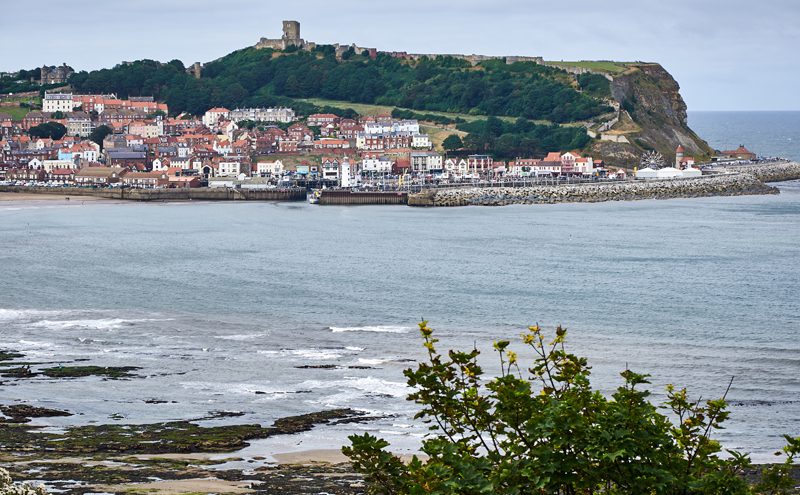
The quality of Europe’s bathing water continues to improve, according to a new report from the European Environmental Agency (EEA), but progress doesn’t appear to be uniform across the board. EU nations singled out as having the greatest rates of poor quality bathing areas were: Ireland (the worst offender), the UK (second worst) and Slovakia.
While the UK has appeared at or near the bottom of this particular league table before (the 2015 report’s worst offenders were the UK followed by Ireland, the Netherlands and Bulgaria; while by comparison the 2014 report singled out Estonia, Ireland, the Netherlands and Sweden), this year’s ranking has keyed into fears that, post-Brexit, the improvements widely attributed to the EU’s Bathing Water Directive in recent decades will no longer stand between the country and a return to its status as ‘the dirty man of Europe’.
Grading system
The EU’s Bathing Water Directive, which sets water quality standards and monitoring guidelines, was adopted in 1976, and stipulates the collection of data regarding the presence of two microbiological parameters: intestinal enterococci and Escherichia coli. This feeds into a classification system whereby beaches can have their bathing water quality graded as ‘poor’, ‘sufficient and good’, or ‘excellent’.
In this latest report, European bathing water quality in 2016, it seems 96.3% of sites met the minimum quality requirements (a slight increase on the 96% of the 2015 report, which in turn was an increase on the one before), while just over 85% of sites met the more stringent ‘excellent’ quality standard, also an increase on previous reports. In five countries, 95% or more bathing waters were assessed as being of excellent quality: Luxembourg (all 11 reported bathing waters), Cyprus (99% of all sites), Malta (99% of all sites), Greece (97% of all sites), and Austria (95% of all sites).
Compared to 2015, the total number of poor bathing waters has gone down, by 19 in Spain, and by 13 in France. The biggest deterioration in bathing water quality was reported in Italy, where the quality at 22 bathing water sites changed from at least sufficient to poor. The highest rates of bathing waters with poor quality have been found in Ireland (6 bathing waters or 4 %), the UK (20 bathing waters or 3 %), and Slovakia (one bathing water or 3%).
Brexit fears
The ongoing improvements apparent in European bathing water quality are widely attributed to the introduction of the EU directive in the 1970s. The UK took longer than most to clean up its water infrastructure and designate sufficient bathing sites, action that followed on the heels of a 1993 European Court of Justice lawsuit brought against the country. The discharge of raw sewage into the sea continued in the UK until 1998, later than any other European nation.
Uncertainty lingers over the issue of environmental protection post-Brexit. The Government’s Great Repeal Bill appears to leave ministers with the power to pick and choose which bits of EU legislation to keep or discard. Leaked documents from a senior civil servant, Tim Hitchens, reported by The Independent on 9 April include a speech in which he recommends a change of focus if Therese May is to realise her ambitions for the UK as “a great, global trading nation”. And these appear to fly in the face of the Bill’s stated commitment to leaving the environment “in a better state than we found it”, according to Trevor Hutchings, WWF Director of Advocacy, speaking to The Guardian.







